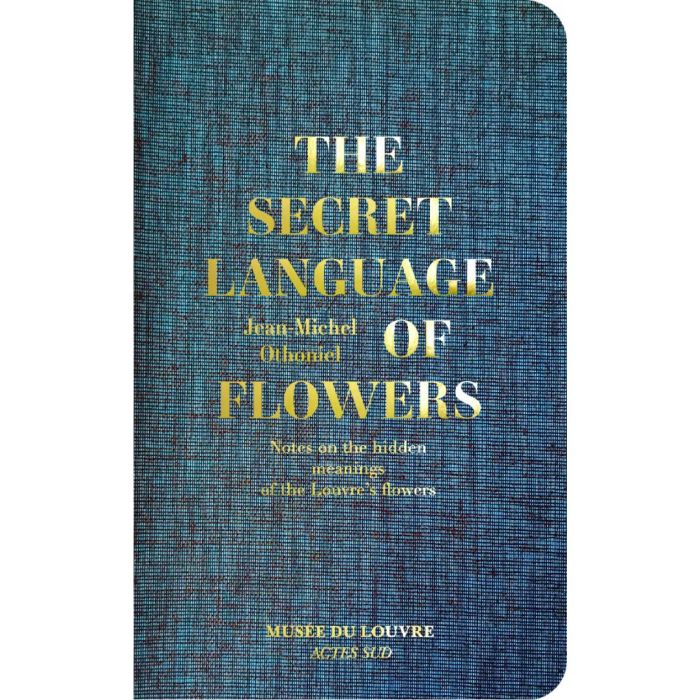My Cart
Your cart is empty
Looks like you haven't made your choice yet.
- Subtotal
The Secret Language of Flowers

Notes on the hidden meanings of the Louvre's flowers
- Editions Actes Sud (T&H distr.)
- Actes Sud
- Jean-Michel Othoniel
More Information
| Publisher | Editions Actes Sud (T&H distr.) |
|---|---|
| ISBN | 9782330120160 |
| Author(s) | Jean-Michel Othoniel |
| Publication date | July 2019 |
| Edition | Hardback |
| Dimensions | 210 x 133 mm |
| Pages | 192 |
| Language(s) | Eng. ed. |
| Exhibition | Actes Sud |
Description
A follow-up to The Secret Language of Flowers: Notes on the Hidden Meanings of Flowers in Art .
To celebrate the 30th anniversary of the Louvre pyramid, Jean-Michel Othoniel was invited to create a work relating the importance of flowers in the Museum’s eight art departments. The artist photographed the floral wealth concealed in the masterpieces of the Museum’s painting, drawing, sculpture, embroidery and enamel collections. Using this, Othoniel composes his own original herbarium, accompanied with notes on the secret language of flowers and their symbolism in the history of art.
Among the seventy details of flowers, you will find the thistle in Dürer’s selfportrait, the poppy in the Paros funerary stele, the apple sitting on a stool in The Lock by Fragonard, or the peony attached to the unfastened blouse of the young woman in Greuze’s Broken Pitcher. The work also introduces us to lesser-known details in works, offering a magnificent treasure hunt for visitors of the museum.
Amid this vast prairie spangled with symbolic flowers, the artist asks this question: If there could be only one, which would be the Louvre’s flower? A question to which the artist himself offers his own response.

The Secret Language of Flowers
